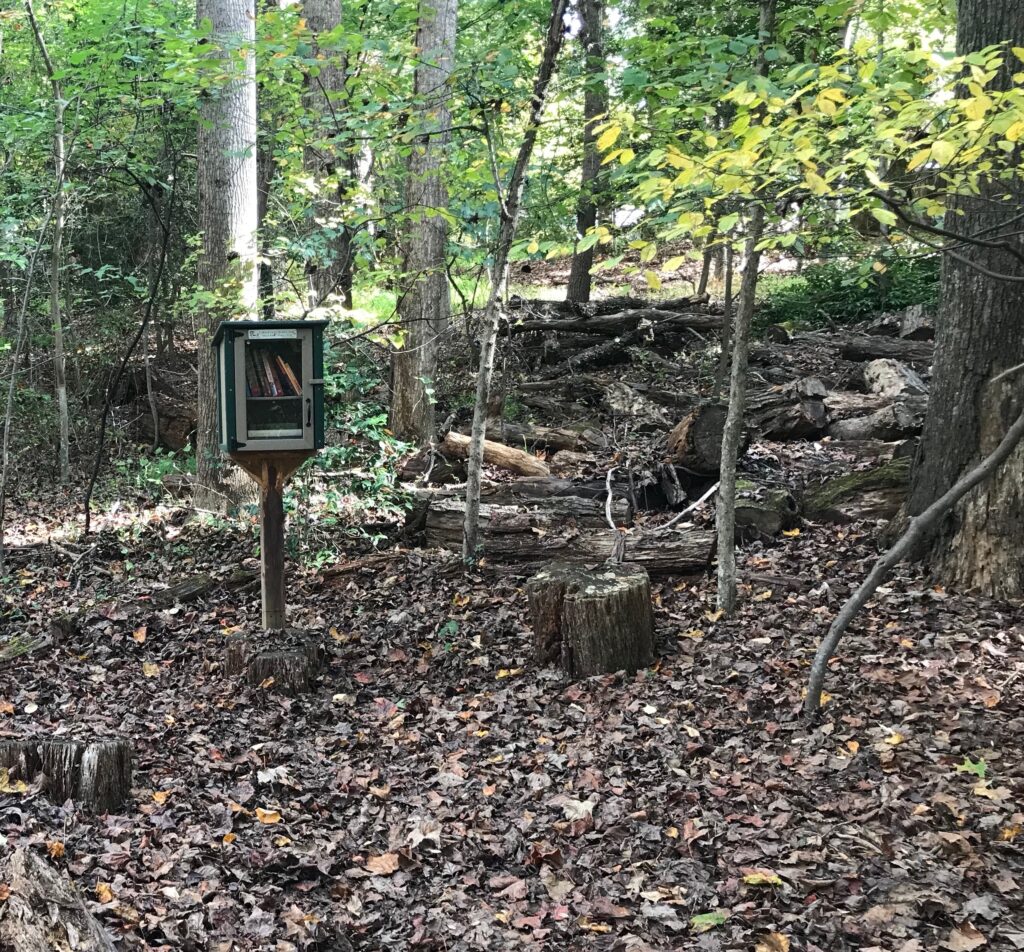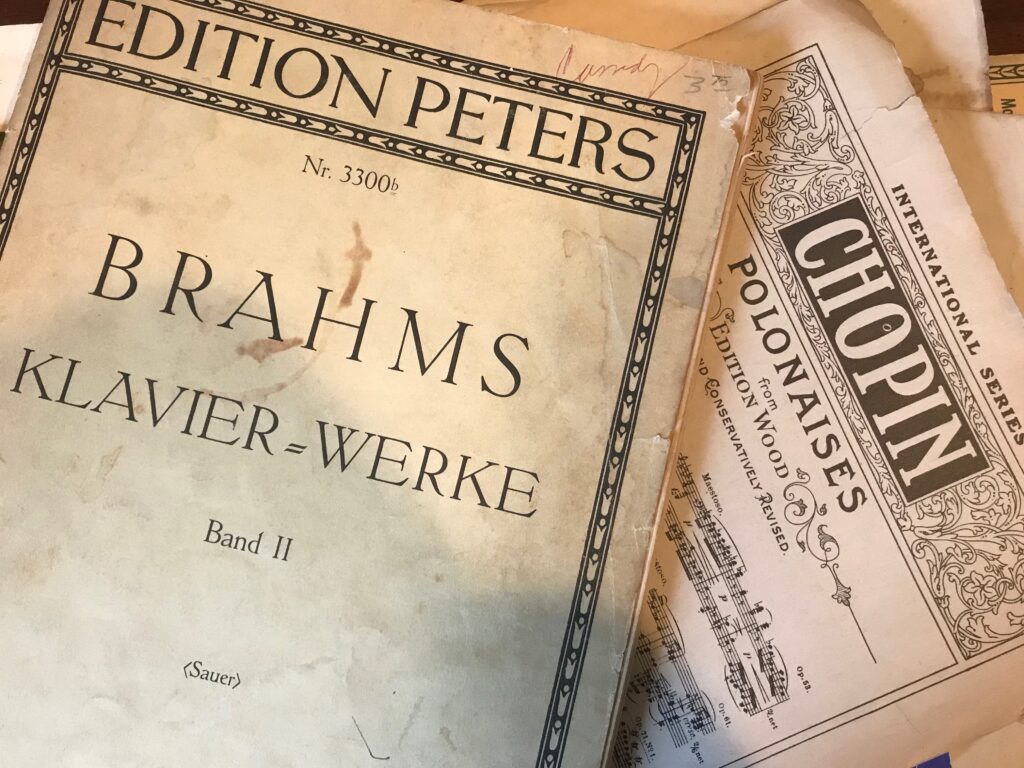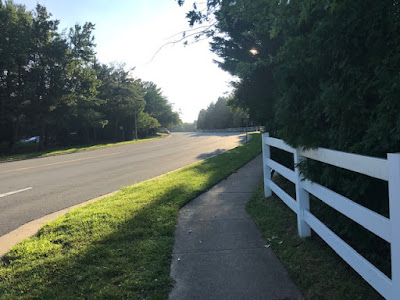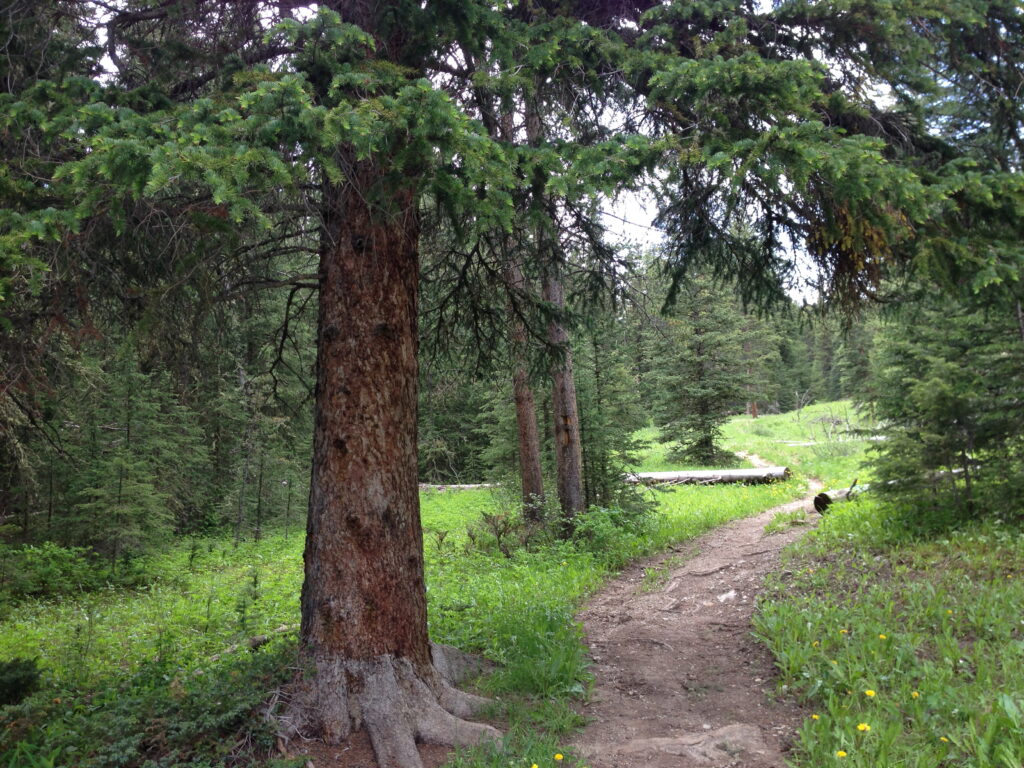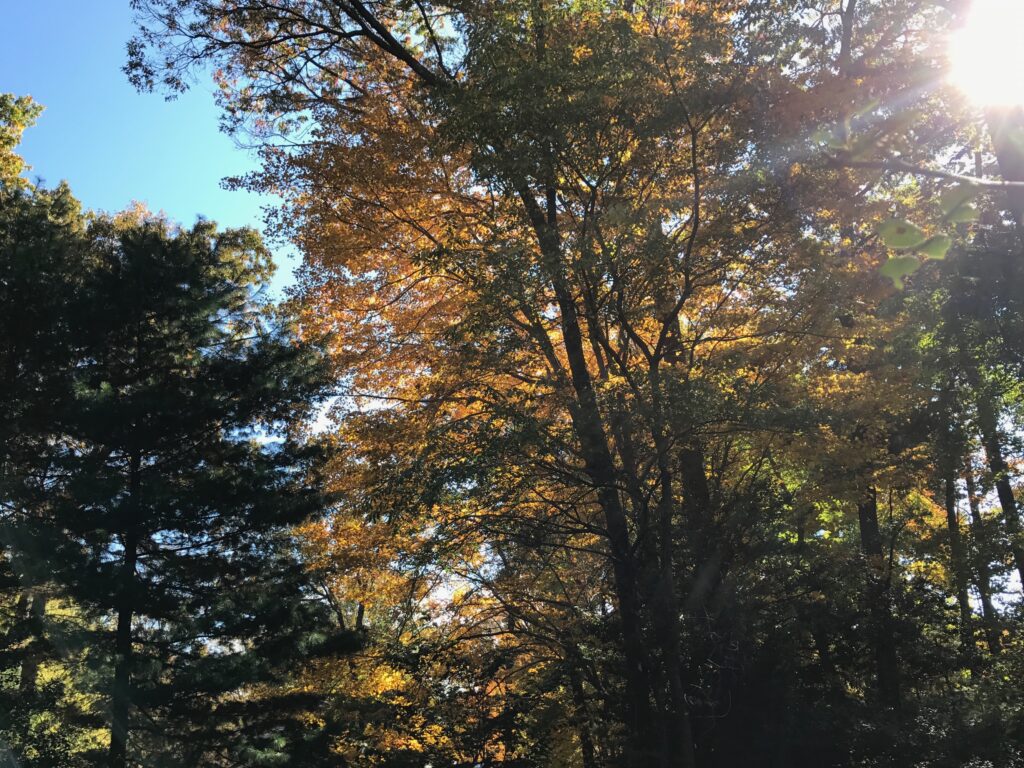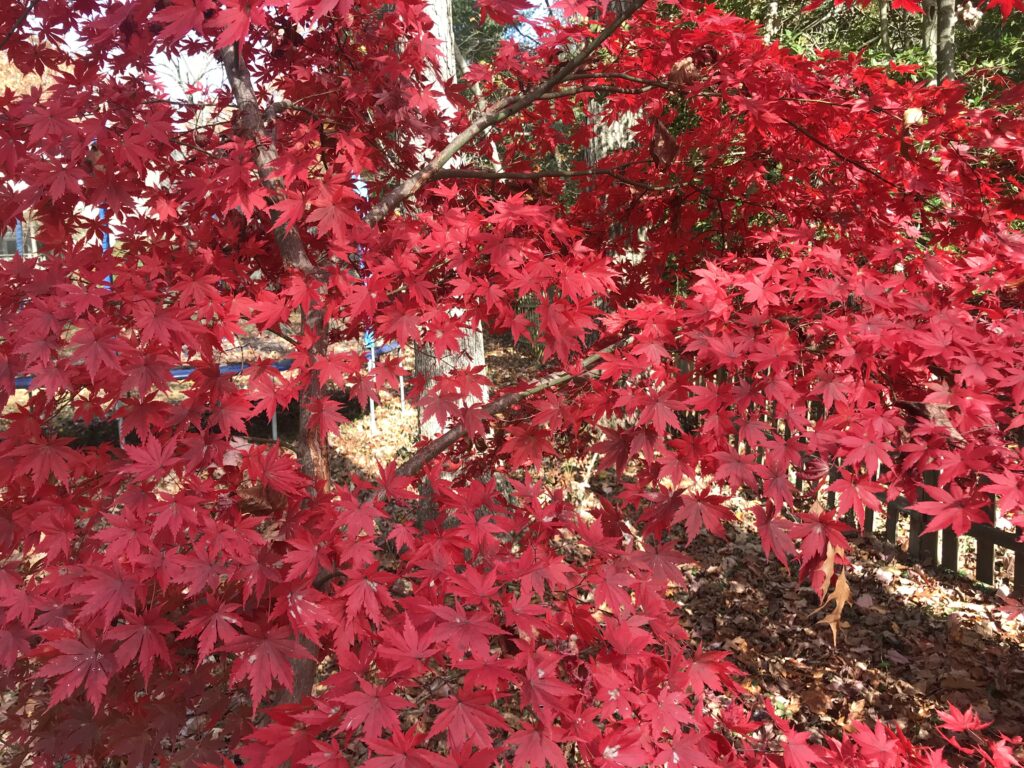Evening Walk
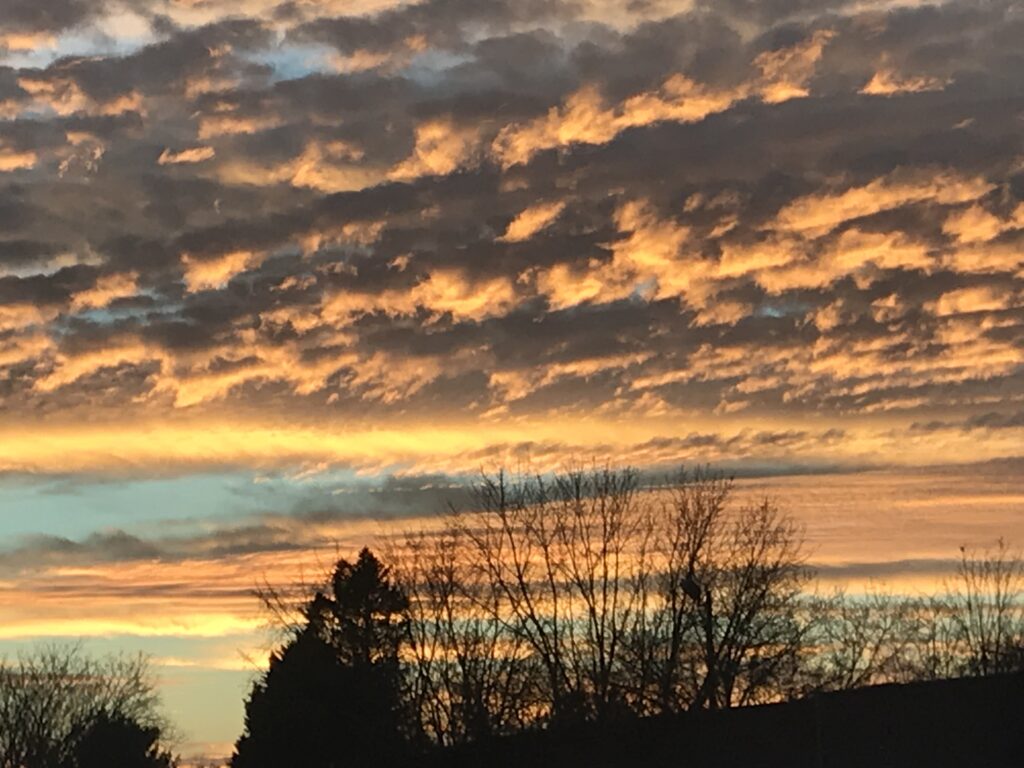
It was after 6 before I had time to walk yesterday. The sky was reddening in the west and striated clouds were softening the light. The day was ending early as it does this time of year. I wasn’t ready for evening, but it was coming for me anyway.
I passed others on my stroll. They must have known about the beauties of this time of day, this time of year. Or maybe, like me, they were surprised by the subtle radiance of this particular evening.
The air was so soft and fresh I wished I’d left a half an hour earlier. Even 30 minutes more would have made a difference. The twilight was serene, self-contained. As darkness fell I pulled off my dark sweatshirt and wrapped it around my waist. The light gray t-shirt underneath would help me stand out from the gathering dusk.
As I reached the end of the block, turning for home, a Dulles-bound jet caught sunlight on its wings. A sun I could no longer see because it had slipped below my horizon.
